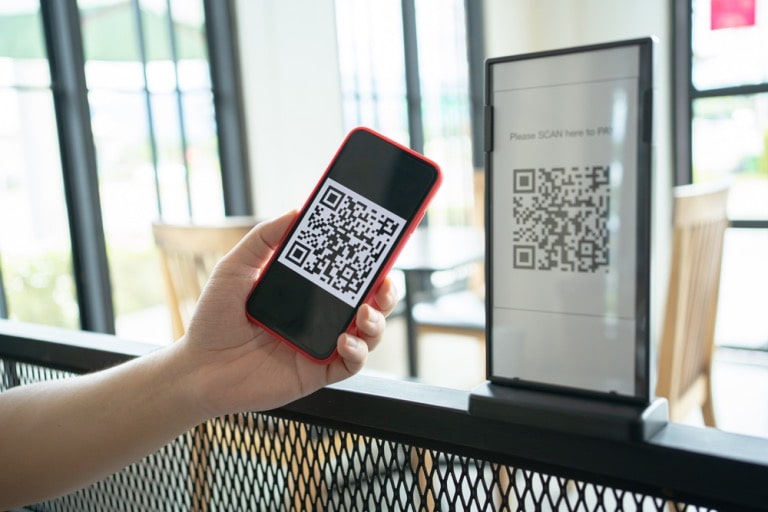Understanding the Different Types of Information in QR Codes

Did you know that a single QR code can hold up to 7,089 numeric characters or 4,296 alphanumeric characters? These unassuming square barcodes have become ubiquitous in our digital age, appearing on everything from product packaging to marketing materials.
While we may be familiar with the act of scanning QR codes, the technology behind these black-and-white squares is surprisingly complex. With the help of a QR code free generator, anyone can create their own QR codes for various purposes, from personal use to professional applications. In this article, we dive deeper into the technical aspects of QR codes, exploring the different types of information they can encode and how it’s structured.
Unveiling the Code Structure
At first glance, a QR code may seem like a random arrangement of black and white squares, but there’s an intricate structure beneath the surface. These squares, called modules, are carefully arranged to encode data and formatting information, as well as error correction codes. The data and format information areas within the code provide instructions for decoding the encoded data, while the error correction codes help ensure data integrity during scanning or printing processes.
One notable feature of QR codes is their “versions,” which signify different data capacities. Higher version QR codes can hold more data but also require more modules, resulting in larger physical sizes.
A Look at Information Types
QR codes are remarkably versatile in the types of data they can store. The most common data types include:
- Text: QR codes can encode plain text, URLs, and even contact information like addresses and phone numbers.
- Numbers: Numeric data, such as product codes or phone numbers, can be efficiently stored in QR codes.
- Binary data: While less common, QR codes can also hold binary data like images or music files.
To ensure proper decoding, the data mode (text, numeric, or binary) is specified within the QR code itself, providing instructions for how to interpret the encoded information.
Ensuring Data Integrity
One of the key features that make QR codes so reliable is their built-in error correction capabilities. QR codes embed error correction codes that allow them to detect and correct errors that might occur during scanning or printing processes. These codes act as a safety net, ensuring that the encoded data remains intact even if a portion of the code is damaged or obscured.
QR codes offer different levels of error correction, ranging from 7% to 30% of the total code size. Higher error correction levels provide greater data redundancy and robustness, but also reduce the available space for storing data.
Encoding Choices: Selecting the Right Format
To optimize data storage and decoding accuracy, QR codes offer different encoding formats tailored to specific data types. For example, the numeric format is optimized for encoding numbers, while the alphanumeric format is better suited for text containing a mix of letters and digits. Additionally, some QR code versions support specialized formats like Kanji, which is designed for encoding Japanese characters.
Choosing the appropriate encoding format ensures efficient data storage and accurate decoding, minimizing the risk of errors or data loss.
Balancing Content and Scannability
While QR codes can store an impressive amount of data, there’s a delicate balance to be struck between data capacity and scannability. As more data is encoded, the QR code’s size increases, which can impact its readability and scanning performance. Conversely, smaller QR codes with lower data capacities may be more easily scanned but offer limited storage space.
Striking the right balance between information content and scannability is crucial for ensuring a seamless user experience when utilizing QR codes.
Advanced Encoding Techniques
While the standard QR code format is widely used, advanced encoding techniques have been developed to address specific needs or accommodate more complex data. For instance, micro QR codes are smaller variants designed for limited spaces, while layered QR codes can encode multiple layers of data within a single code.
These advanced techniques demonstrate the ongoing evolution of QR code technology used on platforms like ME-QR and its adaptability to various applications and use cases.
Behind the seemingly simple black-and-white squares of a QR code lies an intricate system for encoding and structuring data. From text and numbers to binary files, QR codes can store a diverse range of information types, each with its own encoding format and error correction mechanisms.
As technology continues to advance, QR codes are also evolving, with new encoding techniques and capabilities emerging to meet the demands of an increasingly data-driven world. So the next time you scan a QR code, take a moment to appreciate the complex technology that powers this unassuming yet powerful tool.





